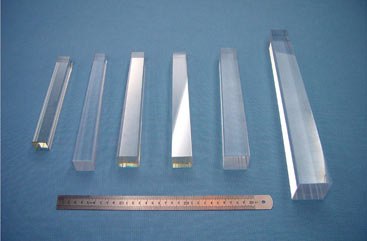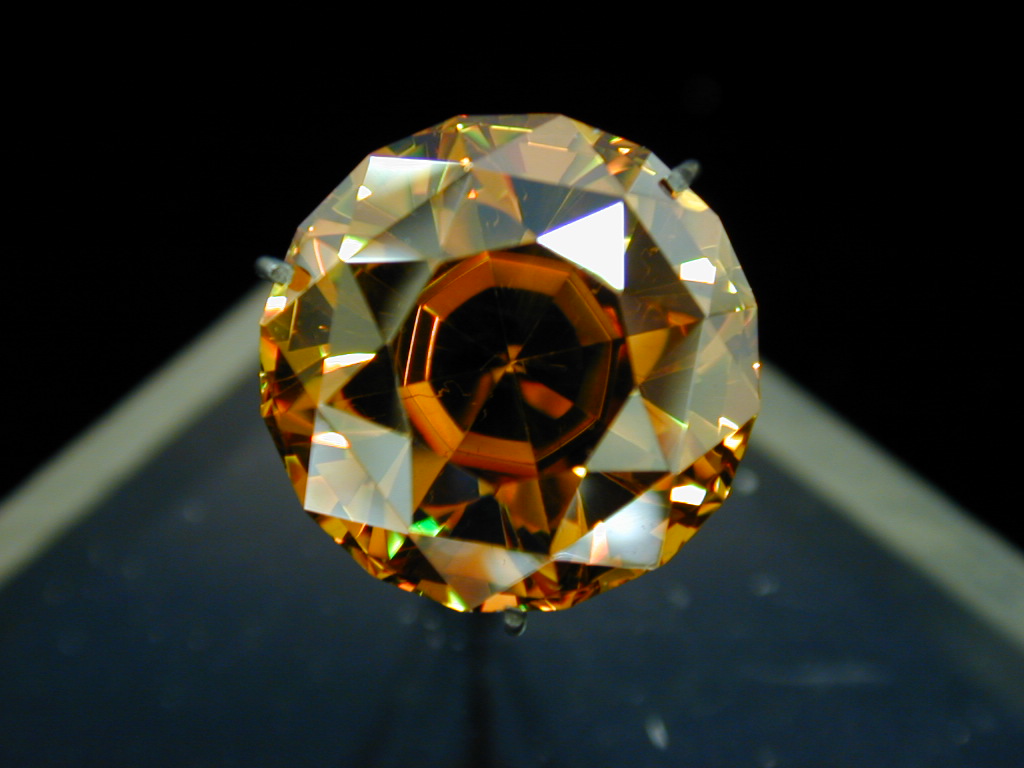Bismuth germanate
Bismuth
Fixed
7.13 g · cm -3
1050 ° C.
Template: Infobox chemical / molecular formula search available
Bismuth germanate (BGO ) is a compound of bismuth and germanium. It is used since the early 1970s mainly in scintillators for measuring gamma radiation. The crystals are commercially available are pulled by means of the Czochralski method.
The scintillation light of bismuth germanate has a wavelength in the range of 375-650 nm with a maximum at 480 nm per MeV energy of the incident gamma photon produces about 8,500 scintillation photons Szintillationseffizienz is so high. BGO is very radiation- resistant, so that the conversion of gamma rays up to a dose of 5.104 Gy is fairly linear. It has a good resolution in the range of 5-20 MeV. It is mechanically quite stable and non-hygroscopic. The linear attenuation coefficient μ in for positron emission tomography ( PET) important photon energy of 511 keV is 0.96 cm -1. The time constant for the decay of a scintillation is 300 ns. BGO has the highest sensitivity of all scintillators used for PET. The et al dependent on the atomic number and cross section photoeffect share ĩr at photon energy of 511 keV is 43%. It is the most frequently used scintillator on the oxide basis.
It is used except for the PET detectors in particle physics, space physics, for geological exploration. Array of bismuth germanate are also used in the gamma spectroscopy.
Bismuth germanate has a high electro-optic coefficient, which allows its use in non-linear optics ( NLO) and the construction of Pockels cells. Cr4 - doped, this material is also suitable for laser applications in the near infrared.
Swell
- Nuclear Medicine
- Bismuth compound
- Germanium compound









